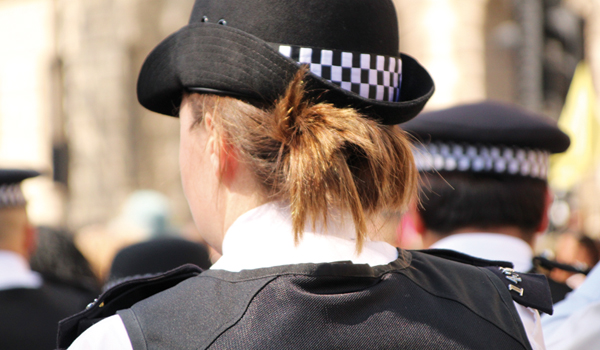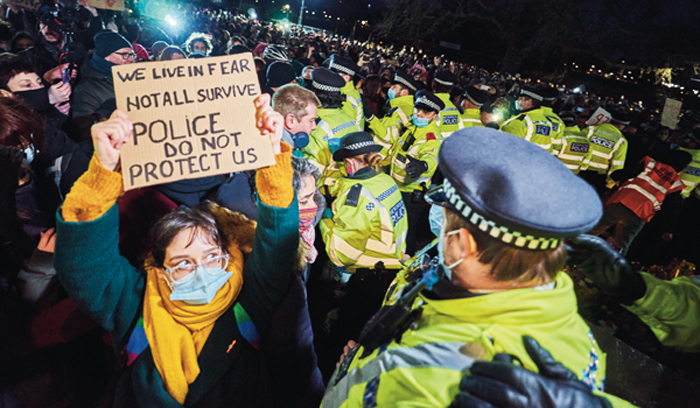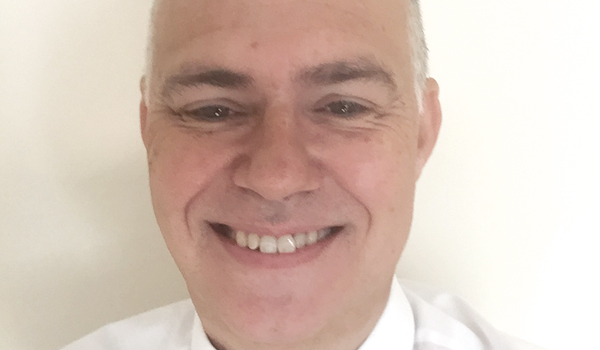Understanding barriers between police and the deaf community
Allison Turner examines the issues faced by the deaf community during interactions with the police and how some forces have launched successful initiatives to overcome these barriers.
There are 18 million people in the UK who are either classified as deaf or have some form of hearing loss. For many members of the deaf community, being deaf is an identity and should not be regarded as a disability.
Despite this, the deaf community are often neglected by organisations within society, leading to feelings of alienation and mistrust. Although the police have mechanisms in place for the deaf to report crime and anti-social behaviour, it is argued that more work with the deaf community, needs to be completed within some force areas.
As a result, this article will review the issues faced by the deaf community during interactions with the police and briefly highlight, some of the successful police initiatives currently being undertaken, with regards to this community.
Research and literature based upon the deaf community is sparse but what does exist, provides a useful insight into the issues faced by this cohort during police interactions.
Existing literature will therefore provide an opportunity for police practitioners and academics, to review current issues and to offer solutions, in breaking down the existing barriers between the police and the deaf community.
From a review of the literature, it has been identified that the deaf community have been subject to a number of failings by the police over the years. These failings include, deaf suspects having their hands handcuffed behind their back, thus restricting attempts at communication with the police, and delays in the provision of interpreters, whilst deaf suspects are in custody.
This according to Lumsden and Black (2020), can arise from a number of issues such as national shortages of interpreters or as a result of the reluctance of interpreters to attend, due to communication barriers between them and the deaf community, as a result of regional variations in sign language.
Furthermore, Lumsden and Black (2020) highlight how some interpreters for the deaf, are wary of participating in interviews due to the future possibility of attendance at court. The difficulty and delays in acquiring interpreters has also led to some officers, using a deaf victim’s own children as replacements for interpreters, during cases concerning serious or violent crime. As a result, children of the deaf community face the possibility of relaying accounts of difficult, sensitive and often traumatic events, which their parent has endured.
The issues presented above, together with a general lack of understanding held by some members of the deaf community around the role of the police and the criminal justice process, can potentially feed into negative and misguided perceptions of the deaf community as poorly educated. This, it could be argued, will impact upon the potential treatment of this group during their criminal justice journey.
Although many police forces are making significant and successful attempts to counter barriers between the deaf community and themselves, there fails to be a consistent approach nationally
For example, there are still misguided perceptions held by some police officers that all deaf individuals can read and that all members of this group, can use and understand British Sign Language (BSL) and also lip read. However, some deaf individuals may be brought up in a home where sign language is not used, or members of this community have not been afforded the opportunity to learn to read. Furthermore, we often forget that some members of the deaf community, will become deaf in the later stages of life. It is only at this later point, that these individuals may decide to commence the journey of learning to sign and lip read.
By failing to understand the deaf community, as well as their needs and their culture, members of this group will potentially be subject to secondary victimisation and placed at a disadvantage to their hearing counterparts.
This contrasts with a system of due process, which requires the fair treatment of individuals. Poor understanding can also potentially reinforce already strained relations between the police and some members of the deaf community.
Despite the existing issues between the police and the deaf community, research has identified how police training, can provide significant benefits for both groups. Race in 2017, for example, highlights how negative police attitudes towards ‘deafness’ can be changed through deaf awareness training, which facilitates increased understanding around what it means to be deaf.
One such training programme, is currently being undertaken by The Deaf Academy. The Deaf Academy, aim to break down barriers between the police and the deaf community, through the use of education around deaf language and deaf culture (The Deaf Academy, 2025). In addition, police forces such as West Midlands Police, are also working with experts to provide crime prevention advice to deaf students.
In other police forces, such as Cambridgeshire, a link has been provided between the deaf community and the police, through the use of a Police Link Officer for the Deaf (PLOD). According to Cambridge Constabulary (2025), PLOD is a scheme that promotes equal access to the police, through the use of police volunteers, PCSOs and staff, who can use BSL up to Level Two, in order to communicate with the deaf community.
However, the use of PLOD is restricted, as PLOD cannot be utilised in more formal police procedures, such as interviews or in statement taking. In these cases, reliance will be upon professional interpreters, which again raises the possibility of delays in attempts to communicate. A further issue with PLOD, is that the role is not mandatory. This means that there is a variation of availability within each force area.
To conclude, this article has raised a number of issues within relations between the police and the deaf community. Although it is acknowledged that many police forces are making both significant and successful attempts to counter barriers between the deaf community and themselves, there fails to be a consistent approach to how this is undertaken nationally.
As gatekeepers to the criminal justice system, the police should continue to review new initiatives and training, which can assist in the provision of a more positive perception and understanding of the deaf community and the issues they face. For example, the current police curriculum requires police recruits to be provided with education on police culture. This education, it may be suggested, could extend and specifically address police stereotypes and perceptions of the deaf community. This topic will be in addition to police cultural discussions around other diverse groups, which will allow for increased understanding of the deaf.
The College of Policing may also wish to consider making police training of basic BSL compulsory, as part of the Policing Degree, and also to consider an opportunity for all police officers and staff nationally, to engage and interact more with the deaf community through workshops.
Some police forces are already making significant steps in their drive towards better engagement with the deaf community, but this approach should be consistent across the forces.
Consideration should also be provided with regards to more police visits to schools and colleges where deaf students have enrolled, to promote awareness of the police role and criminal justice process. This will facilitate the provision of more understanding between the two groups and assist in the breaking down of barriers between the police and the deaf community.
Allison Turner is a lecturer in Policing and Criminology at Cardiff Metropolitan University.




